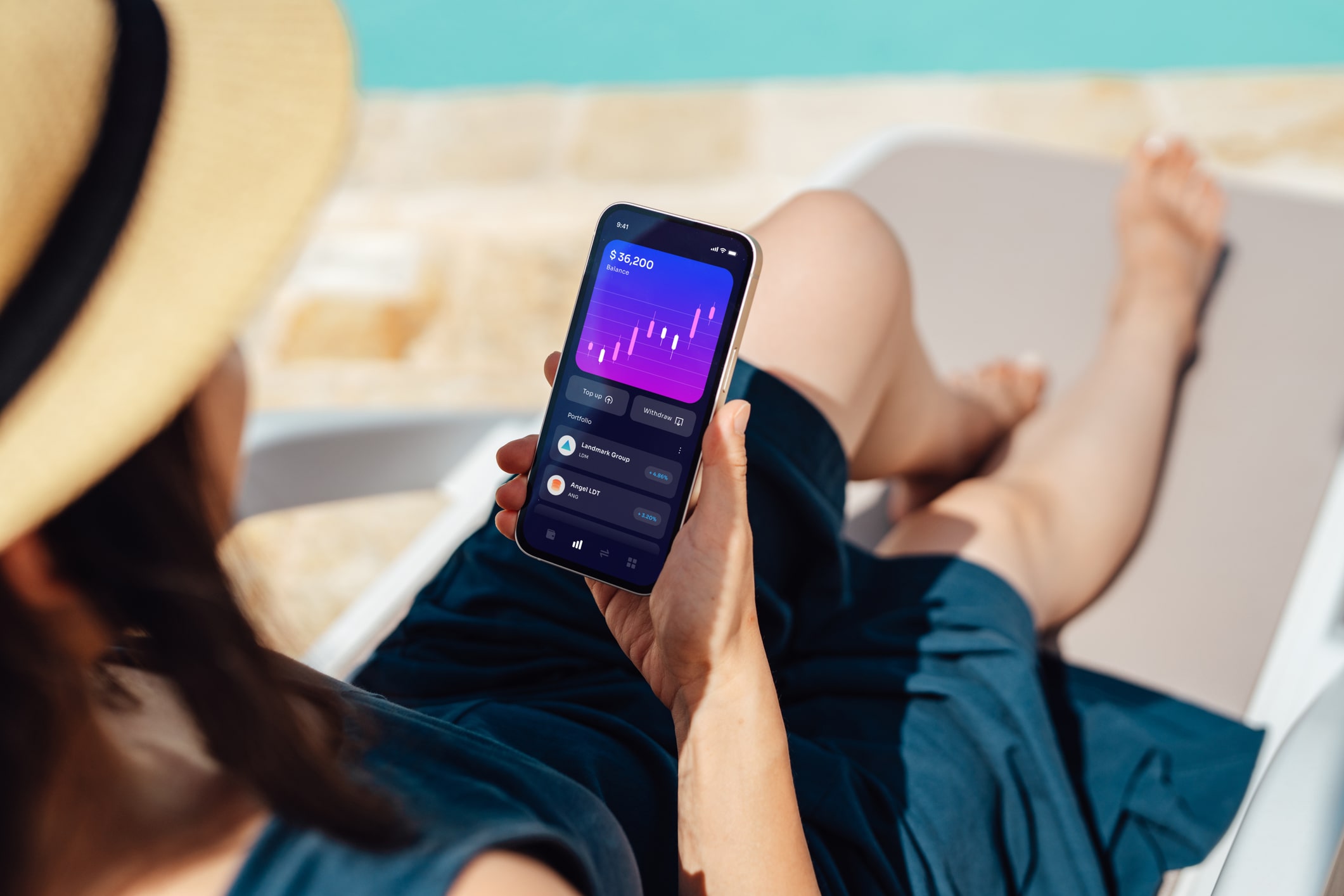Smart Ways to Save for Your Large Purchase

Whether it’s a dream vacation, a new car, or a down payment on a house, saving for a big purchase can feel like a daunting task. However, with the right strategies and mindset, you can make your savings goal a reality. By turning your savings goal into a tangible plan and exploring the best savings options for your needs, you’ll set yourself up for success.
Turning Your Savings Goal into a Reality
Saving for a big purchase starts with turning your dream into an actionable plan. By breaking your goal into smaller steps and sticking to them, it will be easier to make steady progress toward your target.
1. Define Your Savings Goal
Start by getting clear about what you’re saving for and how much you need. Whether it’s $1,000 for a new laptop or $20,000 for a wedding, having a specific target will give you direction.
2. Set a Realistic Timeline
Once you’ve identified your goal, determine how long it will take to save the necessary amount. Divide the total amount by the number of months until your target date. For example, if you need $5,000 in two years, you’ll need to save about $208 per month.
3. Build a Budget That Supports Your Goal
A budget is your roadmap to achieving your savings goal. Start by tracking your income and expenses to see where your money is going. Identify areas where you can cut back, such as dining out or subscription services, and redirect that money into your savings fund.
4. Automate Your Savings
Make saving effortless by automating your contributions. Set up a direct deposit from your paycheck into a separate savings account. By treating your savings like a non-negotiable expense, you’ll build your fund consistently without having to think about it.
5. Track Progress and Celebrate Milestones
Regularly monitor your savings progress to stay motivated and ensure you’re on track. Use a spreadsheet, savings app, or visual tracker to celebrate milestones along the way. This positive reinforcement can keep you committed to your goal.
Choose the Best Savings Account for Your Goals
Long before you make your big purchase, you can begin preparing for it. After all, the further in advance you start saving, the more dividends you’ll earn. Below are some different savings options to consider:
1. Save Simply With Savings Accounts
One of the simplest ways to save is by opening a savings account. These accounts help your money grow faster. Look for accounts with no monthly fees and easy access to your funds.
2. Grow Funds With Share Certificates
If you don’t need immediate access to your funds, consider a share certificate. This savings vehicle offers fixed dividend rates over a specified term, often resulting in higher returns than standard savings accounts. Keep in mind that withdrawing money before the term ends may incur penalties.
3. Flexible Saving With Money Market Accounts
Money market accounts combine the features of savings and checking accounts, often offering competitive dividend rates along with check-writing privileges. They’re a great option if you want to earn more dividends while retaining some flexibility.
Tips to Stay on Track and Avoid Common Pitfalls
With the right habits and tools, it’s possible to stay consistent and motivated. By focusing on simple, actionable steps, you can build momentum and avoid common pitfalls.
- Avoid Impulse Spending: Stick to your budget and resist the temptation to make unplanned purchases.
- Use Visual Reminders: Keep a photo or vision board of your goal where you’ll see it daily. This constant reminder can help you stay focused.
- Celebrate Milestones: Reward yourself for reaching savings milestones, even if it’s something small like a coffee treat or a movie night.
- Reassess Periodically: Life changes, and so do financial circumstances. Revisit your savings plan regularly to ensure it still aligns with your goals and budget.
Saving for a big purchase requires discipline, creativity, and a clear plan. By setting a realistic goal, creating a budget, and exploring the right savings options, you can make your dream purchase a reality. Start today, and take one step closer to achieving what matters most to you.




